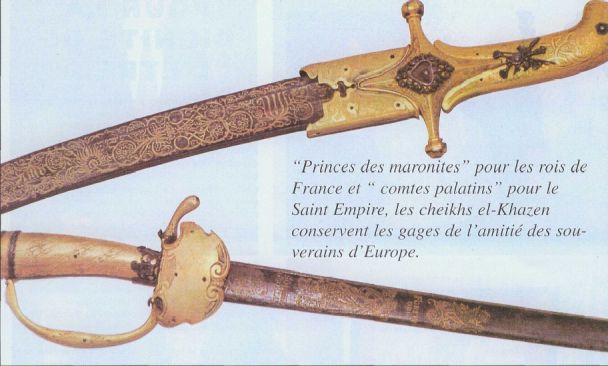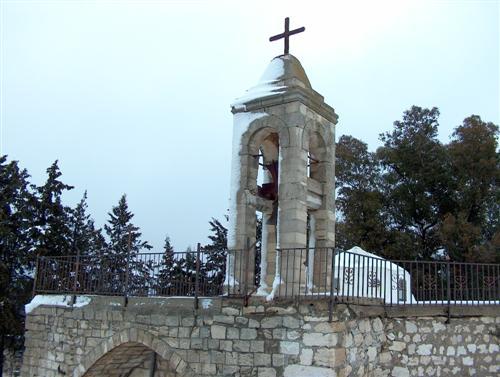
Peter Feely, Special to Guides
Beirut was chosen to be among the New 7 Wonders of Cities on 2014
Beirut’s often in the headlines for the wrong reasons. From refuge collection to refugee crises, the former Paris of the Middle East is usually portrayed as politically divided and chaotic. Art and culture however remain integral to life in the fervid Lebanese capital. Multi-million dollar redevelopments have seen galleries popping up across the city and last October’s re-opening of the iconic Sursock Museum indicate that the artistic heart and soul of Beirut refuses to be curtailed by political infighting and adversity. Here are five reasons why Beirut hasn’t relinquished its cultural mojo.
The Sursock

After seven long years and USD$15 million of investment, Beirut’s famous Sursock Museum has re-opened. A central part of the city’s cultural fabric during the 1960s, the ornate villa now has four subterranean floors and was redeveloped with the intention of providing all citizens of Beirut with an art space – not just the elite. Primarily focussed on modern and contemporary art, the museum features a number of permanent and temporary exhibitions, ranging from photography to paintings by acclaimed Lebanese artists, such as Shafic Abboud and Aref El Rayess.
Website Sursock
2. The Aïshti Foundation

Opened last year by luxury clothing retailer Tony Salamé, the 40,000 square foot art space displays the Lebanese businessman’s extensive personal collection. Containing more than 2,000 pieces of art, the project reputedly set Salamé back over USD$100 million. Just a few minutes’ drive from Downtown Beirut, the art space shares the building with swanky boutiques from brands including Dolce & Gabbana, Prada and Moschino. By linking the gallery to a public shopping mall, Salamé’s intention is to change the perception that art is an intellectually elitist interest for a select few. Website Aishti
3. MusicHall

A bastion of Beirut’s cultural scene since 2003, MusicHall was the brainchild of flamboyant Greek-Lebanese businessman Michel Elefteriades. Not only a first for Beirut, but also the entire Middle East, MusicHall’s unique blend of short performances by musicians from across the world, and high-end hospitality, in a nightlife environment, was a unique concept in Beirut. Located in what was once an abandoned theatre, it remains one of the city’s most popular nightspots, and partygoers can expect to see anything from Balkan brass band groups and jazz to traditional Arab musicians and blues outfits on the same bill.
Website Music Hall
4. Beirut Art Center
Founded in 2009 by Lebanese artist Lamia Joreige and curator Sandra Dagher, Beirut Art Center was the capital’s first non-profit exhibition space. Launched to remedy the absence of exhibition space in the city for contemporary art, the centre covers 1,500 square metres and features an auditorium for film screenings and performances, as well as a library with an impressive digital archive of material.
Website Beirut Art Center
5. Yazan Halwani

Aged just 22, the young graffiti artist has already gained recognition (and 15,000 Facebook followers) for his murals of prominent Arabic and Lebanese figureheads. Painted on the walls of buildings across the capital, Halwani’s idea is to transcend sectarian divides by reminding citizens of their collective history. His artworks depict revered individuals, such as singer Sabah [pictured above on the Assaf building in Hamra district] and cultural icon, Fairouz. The Beirut-native’s success has seen him exhibit his work across the world – from France to here in the UAE – earning him the nickname, “The Banksy of Beirut.”
Website Yazan Halwani
Cost (approx.) Dh370 per night Getting there Emirates operates twice daily flights to Beirut from Dubai for around Dhs2,000 return Daily Spend Dhs500 per person per day should be enough



